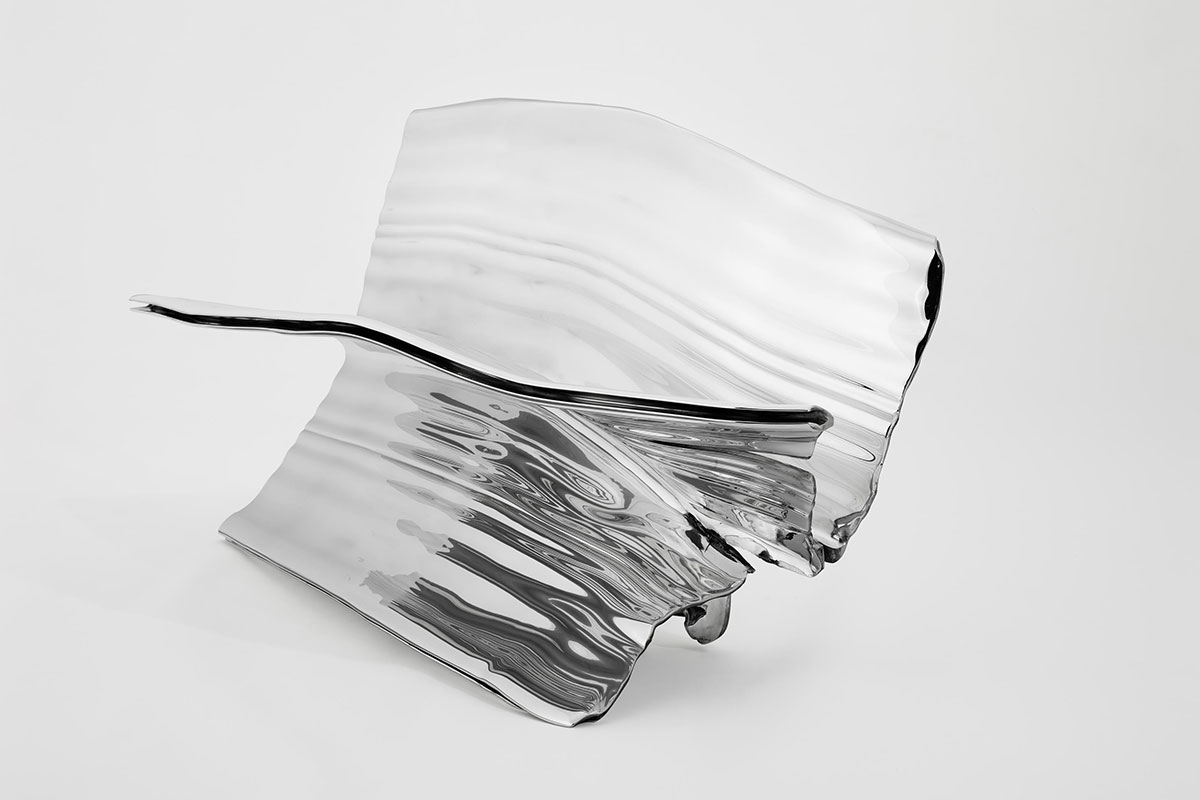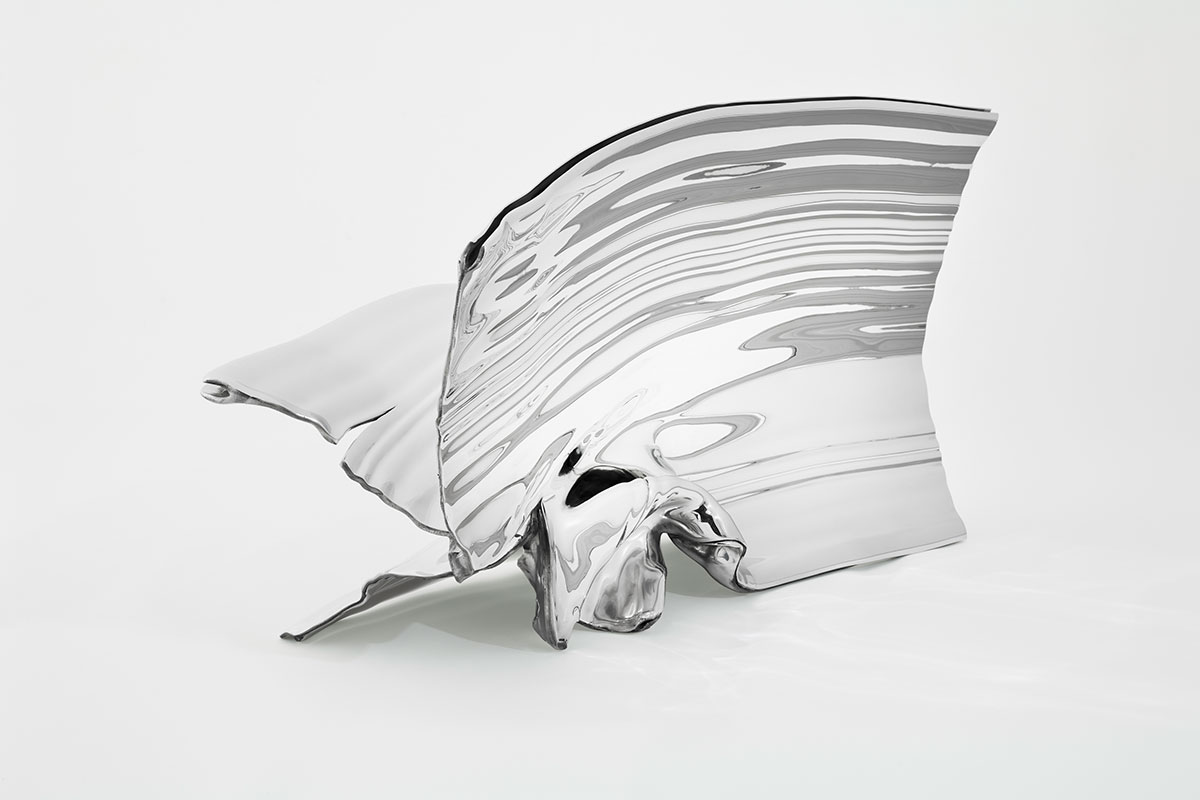Whether you love or loathe technology, take a pause with us to consider some inspiring applications and the idea that, ultimately, tech is only as interesting as what we choose to do with it. On this Tour Tuesday, see how designers have creatively harnessed new technologies to make innovative things.
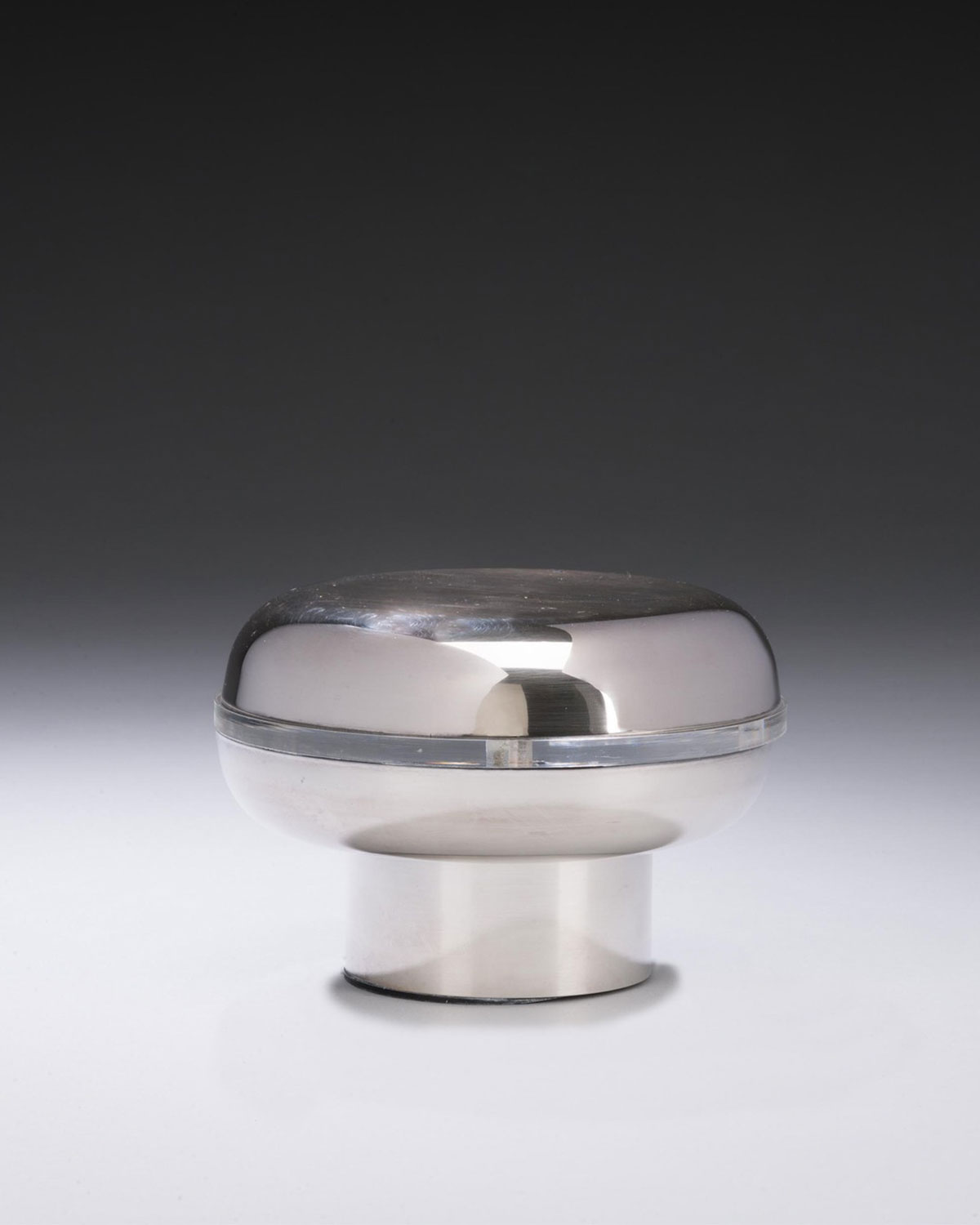
If you’re reading this on a phone, you probably just engaged touch-driven technology, which relies on the body’s ability to safely conduct small amounts of electricity. Today, touch screens are everywhere, but it took generations of inventors to get here from the first touch screen in 1965. The Audocron clock, from 1979, uses touch technology in an accessible design for people with limited to no vision. When touched, the clock chimes out the time using three different pitches for the hour, tens of minutes, and then single minutes.

1920s bicycle frames inspired modern designers to experiment with bent metal in furniture. Was it strong enough to suspend a chair seat in a daring cantilever? Yes! German architect Ludwig Mies van der Rohe famously designed the MR20 chair with a sweeping semicircular support. Lilly Reich, later head of the Bauhaus weaving workshop, wove the seat. Our chair was originally purchased by an American woman architect, Virginia Williams, an associate in the office of William Lescaze.
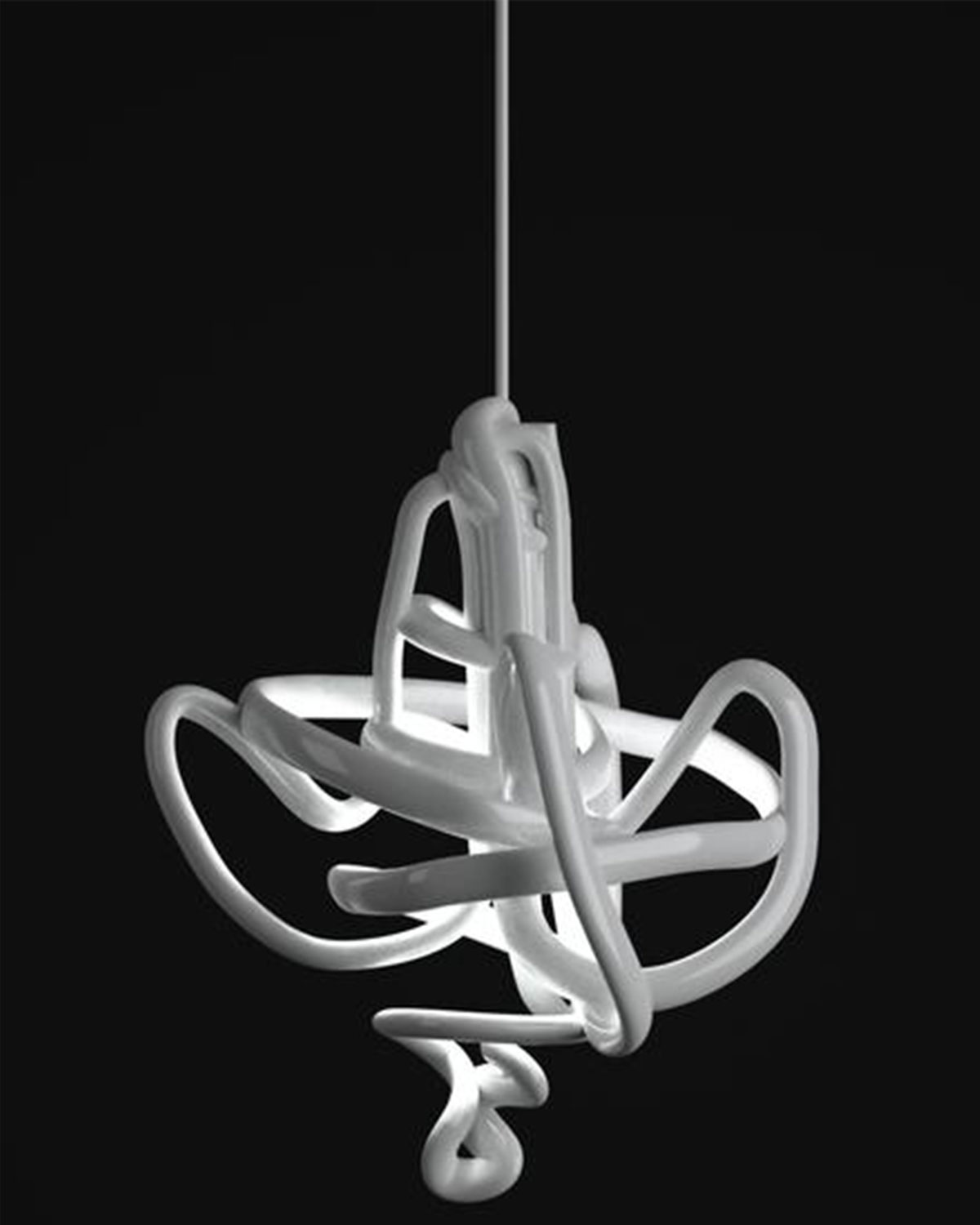
Imagine standing with a motion capture pen and “drawing” a chandelier in the air. Now imagine 3D printing those digital brushstrokes to transform your gestures into a solid object. Imagine no more! This is precisely what Front Design—a collective of four Swedish women—did in 2005 by pairing two budding technologies. Front Design was founded in 2003 by Anna Lindgren, Katja Sävström, Sofia Lagerkvist, and Charlotte on der Lancken.
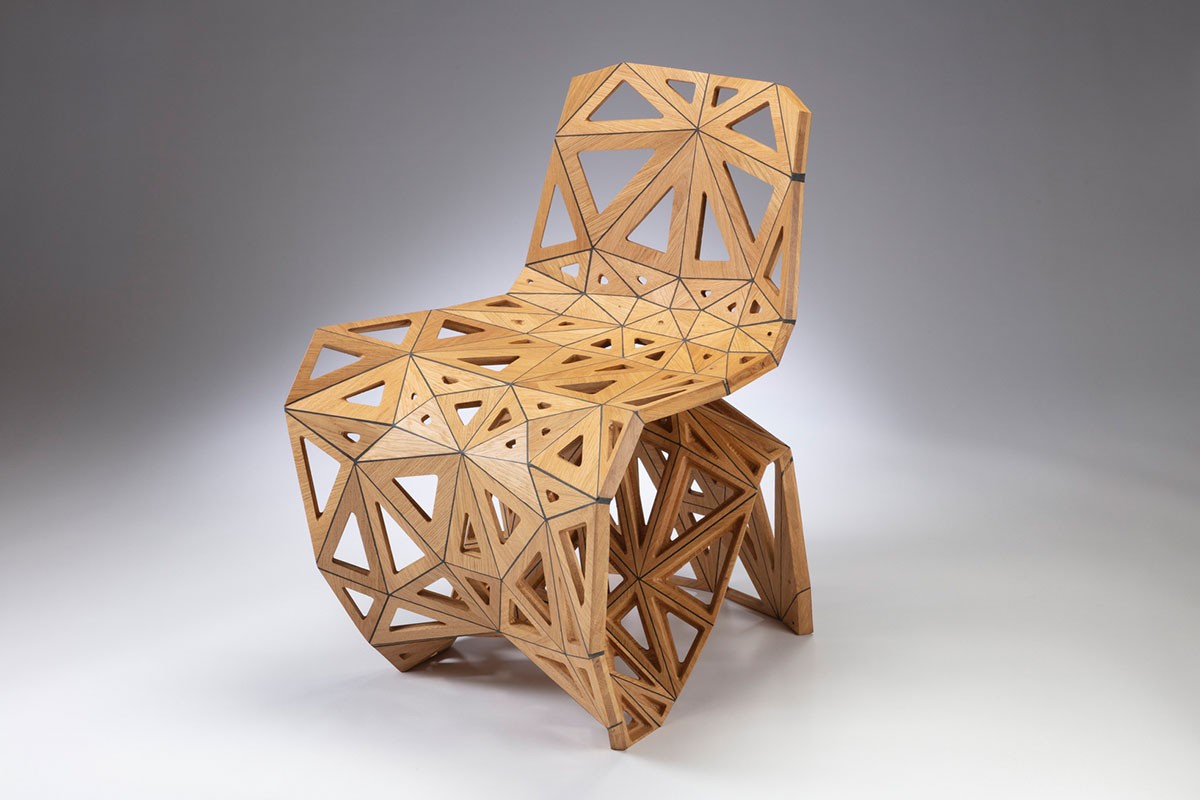
Amsterdam-based Joris Laarman is one of the most thrilling contemporary designers consistently harnessing new technologies. In his Makerchair series, Laarman devised various puzzle-like systems for constructing chairs from small, digitally fabricated components like the wooden polygons seen here. By sharing his files to download from the internet, Laarman invites craftspeople to try digital tools and tech savvy makers to hone their hand skills.
“I believe in the symbiosis of handcraft and technology,” said Laarman. “The Maker series fits right into that dream.”
Can you squeeze a chair out of a machine the way you squeeze toothpaste out of a tube? Thomas Heatherwick contemplated this question while studying at the Royal College of Art in the 1990s. He began calling every known aluminum manufacturer to see if there was a machine capable of extruding large-scale metal benches. Sixteen years later, he succeeded. Without fixtures or fittings, this bench is comprised of a single component: aluminum.
